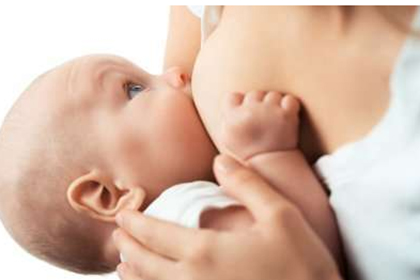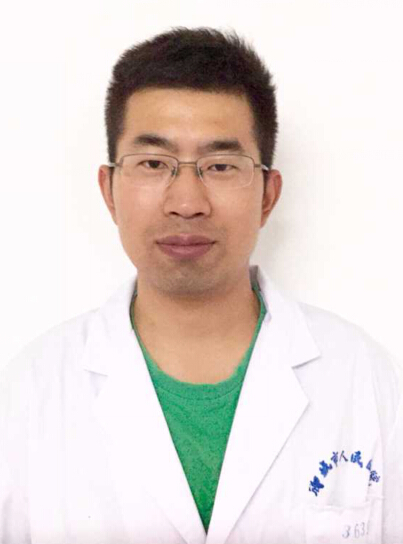近日,刊登在Proceedings of the National Academy of Sciences上的一篇研究报道中,来自昆士兰大学的研究人员通过研究揭开了母乳喂养对新生儿必不可少的原因。
文章中,研究人员通过研究解释了孕妇机体的钙质向母乳中转移的分子机制,而该研究对癌症疗法的开发或许具有一定的指示意义;研究者Davis教授表示,利用对啮齿类动物模型进行研究,我们发现母乳中至少有50%的钙离子来自于一种名为Orai1的特殊蛋白。
Orai1蛋白是排乳的主要调节子,其对于年轻哺乳动物的生存非常关键,理解哺乳动物乳腺生物学及哺乳过程或可帮助研究人员发现关键的疾病发生过程,从而对于理解某些乳腺癌的发生将至关重要。
最后研究者说道,蛋白质Orai1对于哺乳动物机体钙质的储存非常关键,后期我们还将进行更为深入的研究来阐明该蛋白如何影响哺乳动物哺乳以及揭示母乳喂养对于婴儿后期健康的重要性,同时也为理解某些乳腺癌的发病机制提供了一定的线索和帮助。

doi:10.1073/PNAS.1502264112
PMC:
PMID:
Essential role of Orai1 store-operated calcium channels in lactation
Felicity M. Davisa,1, Agnes Janoshazia, Kyathanahalli S. Janardhanb, Natacha Steinckwicha, Diane M. D’Agostina, John G. Petrankaa, Pooja N. Desaia, Sarah J. Roberts-Thomsonc, Gary S. Birda, Deirdre K. Tuckerd, Suzanne E. Fentond, Stefan Feskee, Gregory R. Monteithc, and James W. Putney, Jr.a,2
The nourishment of neonates by nursing is the defining characteristic of mammals. However, despite considerable research into the neural control of lactation, an understanding of the signaling mechanisms underlying the production and expulsion of milk by mammary epithelial cells during lactation remains largely unknown. Here we demonstrate that a store-operated Ca2+ channel subunit, Orai1, is required for both optimal Ca2+ transport into milk and for milk ejection. Using a novel, 3D imaging strategy, we visualized live oxytocin-induced alveolar unit contractions in the mammary gland, and we demonstrated that in this model milk is ejected by way of pulsatile contractions of these alveolar units. In mammary glands of Orai1 knockout mice, these contractions are infrequent and poorly coordinated. We reveal that oxytocin also induces a large transient release of stored Ca2+ in mammary myoepithelial cells followed by slow, irregular Ca2+ oscillations. These oscillations, and not the initial Ca2+ transient, are mediated exclusively by Orai1 and are absolutely required for milk ejection and pup survival, an observation that redefines the signaling processes responsible for milk ejection. These findings clearly demonstrate that Ca2+ is not just a substrate for nutritional enrichment in mammals but is also a master regulator of the spatiotemporal signaling events underpinning mammary alveolar unit contraction. Orai1-dependent Ca2+ oscillations may represent a conserved language in myoepithelial cells of other secretory epithelia, such as sweat glands, potentially shedding light on other Orai1 channelopathies, including anhidrosis (an inability to sweat).


